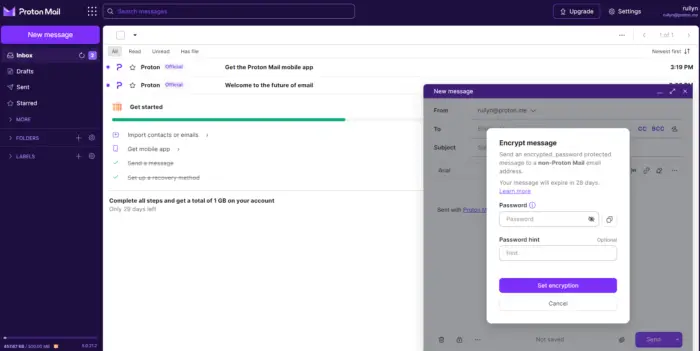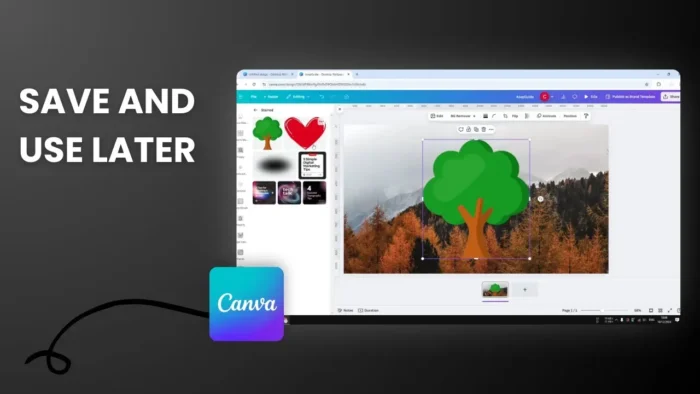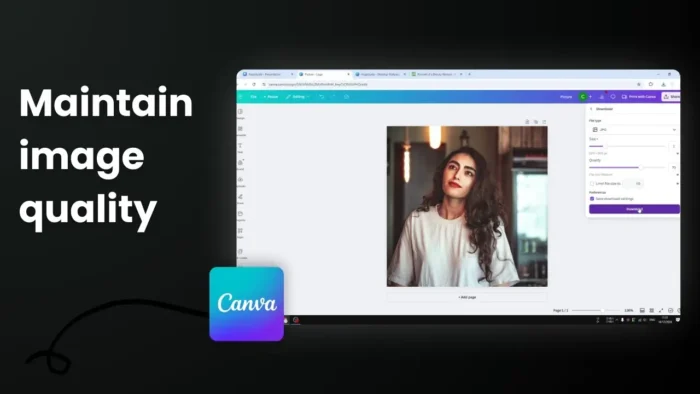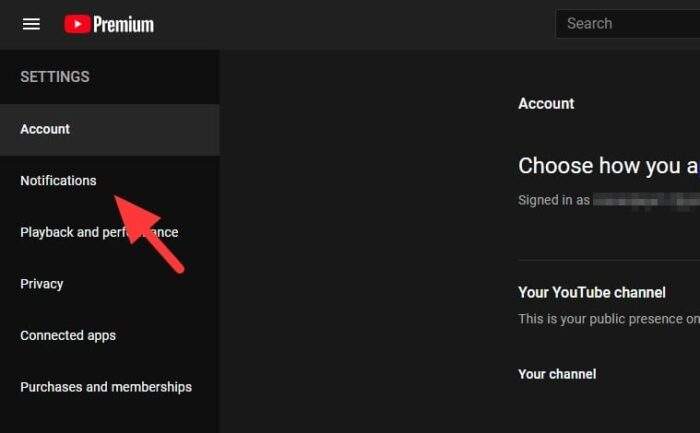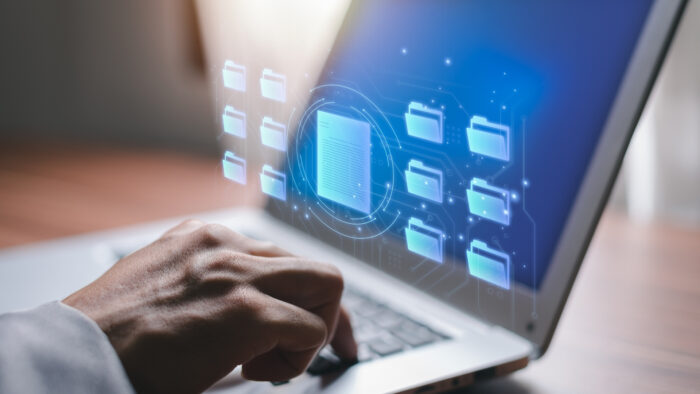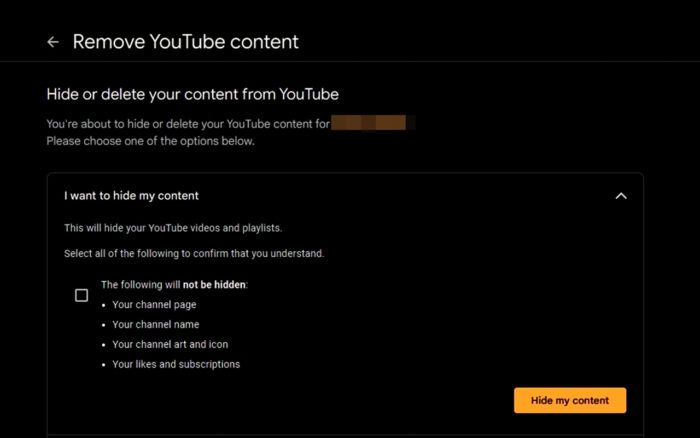Encryption is a way of protecting your messages from prying eyes so that only you and the intended recipient can read them. Encryption can also prevent hackers from stealing your personal information, such as passwords, bank details, or sensitive documents. So, how do you send encrypted emails for free? Let us walk you through it.
Table of Contents
What is Proton Mail?
There are many email service options out there that support encryption, but we recommend Proton Mail, which is a secure and privacy-focused email provider based in Switzerland. Proton Mail uses end-to-end encryption, which means that your messages are encrypted on your device before they are sent, and can only be decrypted by the recipient. Proton Mail also does not log your IP address or track your activity, and it has a zero-access policy, which means that they cannot access your messages even if they wanted to.
How to use Proton Mail
1. Go to Proton Mail and create an account. It’s free and easy to do. Once you have created your account, you can log in and start using Proton Mail.
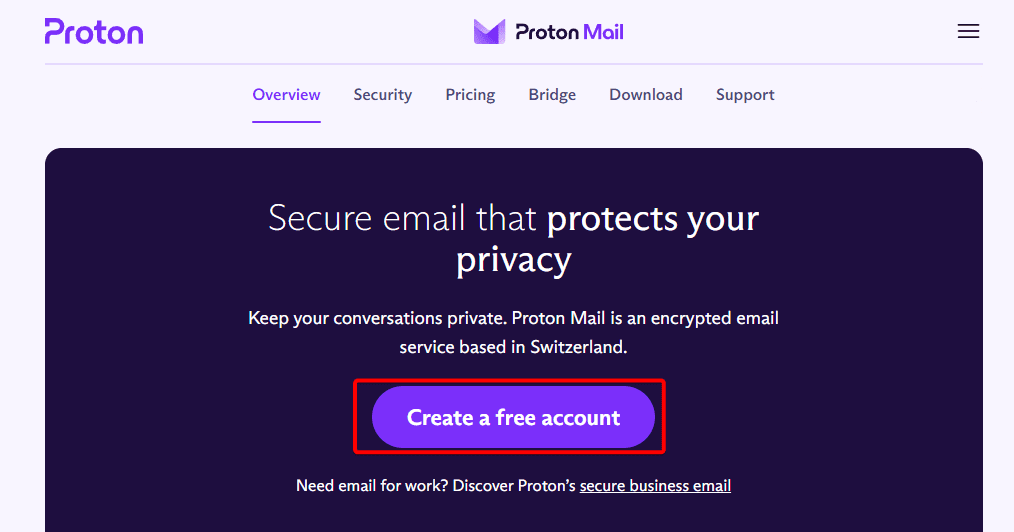
2. To compose an encrypted email, click on the New Message button on the top left corner of the screen.
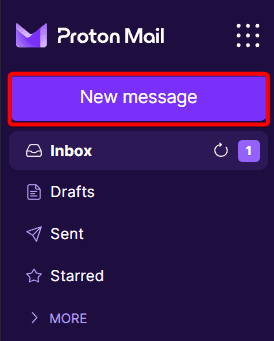
3. You will see a window where you can write your message. Enter the recipient’s email address in the To field. If the recipient is also using Proton Mail, then your message will be automatically encrypted and you don’t need to do anything else. If the recipient is not using Proton Mail, then you need to enable encryption by clicking on the lock icon at the bottom.
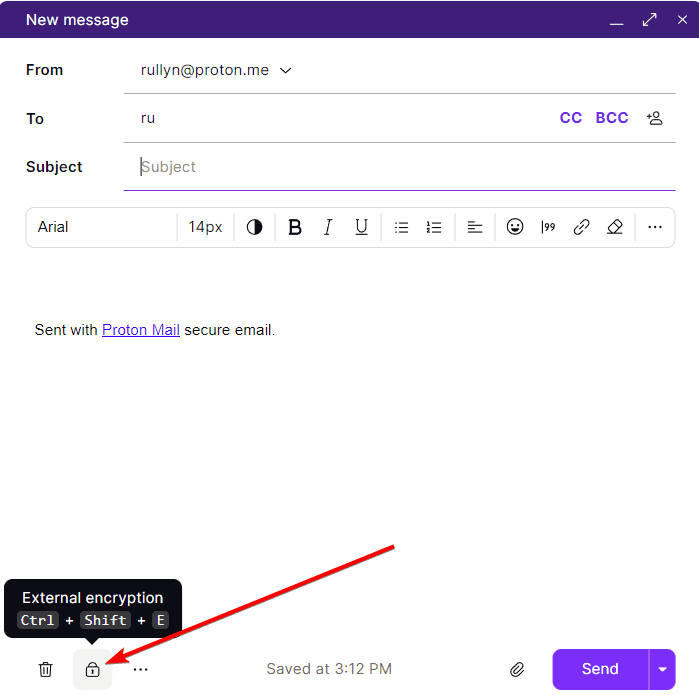
4. You will see a pop-up window where you can set a password and a hint for the recipient. The password will be used to decrypt your message, so make sure it is strong and unique. The hint will help the recipient remember the password, but it should not reveal the password itself. For example, if your password is “vr46”, then your hint could be “The Doctor”. Once you have set the password and the hint, click on Set Encryption.
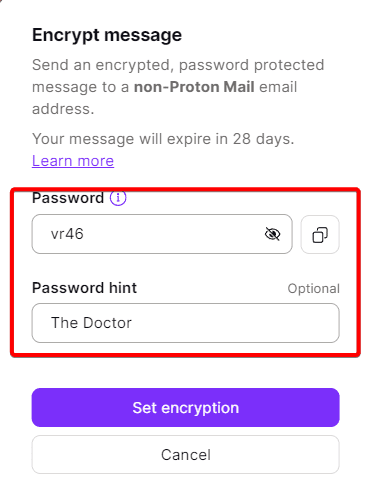
5. Now you can write your message just like any other email. Click on Send and your message will be encrypted and sent to the recipient.
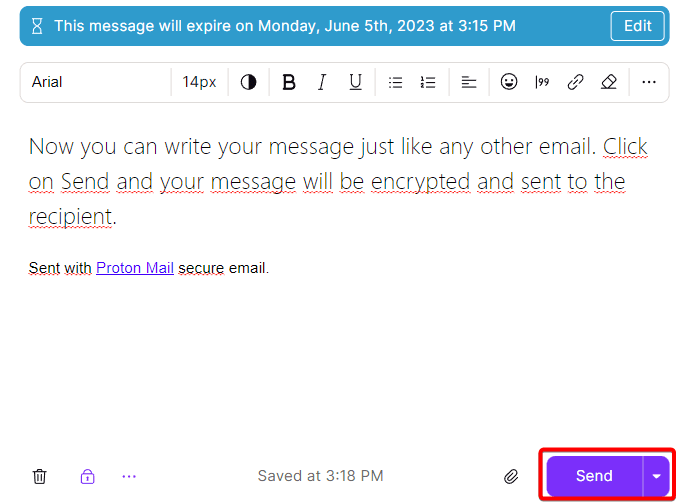
6. If the recipient is using Proton Mail, then they will receive your message in their inbox and they can open it normally. If the recipient is not using Proton Mail, then they will receive an email with a link to view your message on Proton Mail’s website. Click Unlock message.
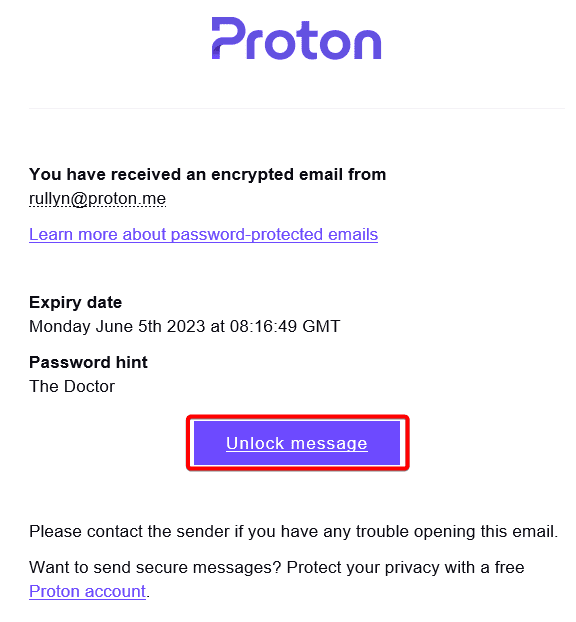
7. Enter the password that you set earlier to decrypt and read your message.
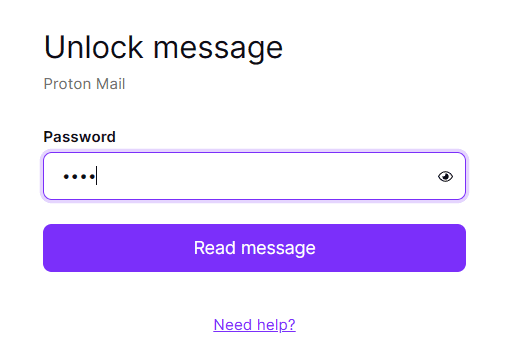
8. The recipient can also reply to your message securely by clicking on Reply Securely.
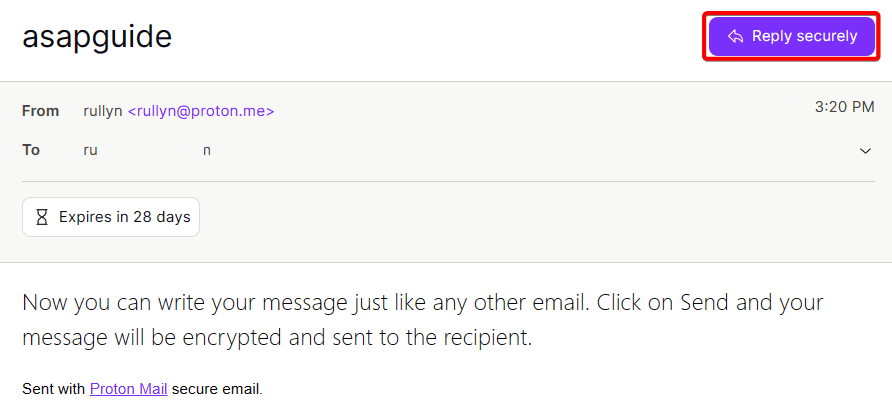
Now you can communicate with your friends, family, and secret agents without worrying about anyone snooping on your messages. Just remember to use a strong password and don’t share it with anyone.
FAQ
Can I encrypt an email in Gmail?
Yes, you can encrypt an email in Gmail. Gmail uses a standard encryption protocol called Transport Layer Security (TLS) to encrypt messages in transit. However, this only works if the recipient’s email provider also supports TLS. If you use Google for Business, you can use S/MIME (Secure/Multipurpose Internet Mail Extensions), an encryption technology that encrypts emails using user-specific keys so they are safe throughout delivery.
What is the most secure way to send email?
The most secure way to send an email is to use end-to-end encryption. This means that the message is encrypted on the sender’s device and can only be decrypted by the intended recipient. One way is to use an email service that provides built-in end-to-end encryption, such as ProtonMail or Tutanota. Another way is to use a third-party encryption tool such as PGP (Pretty Good Privacy) or GPG (GNU Privacy Guard) to encrypt the message before sending it through a regular email service.
Why would someone send an encrypted email?
One of the main reasons is to protect sensitive information from being accessed by unauthorized parties. Encryption adds an extra layer of security to the email, making it more difficult for anyone to intercept and read the contents of the message. This is particularly important when sending confidential information such as financial data, personal identification information, or trade secrets.

